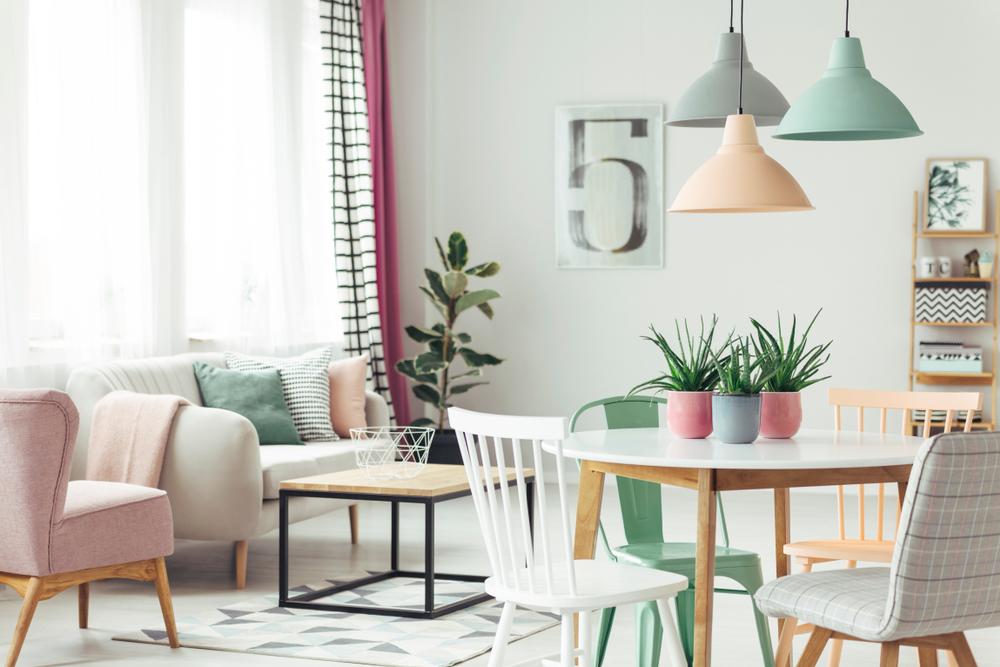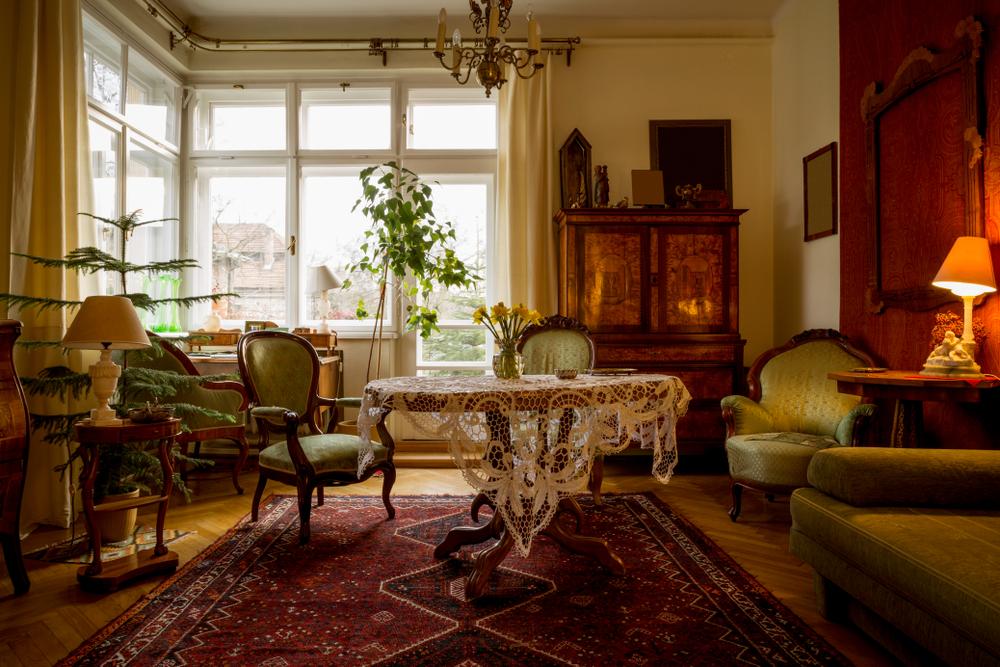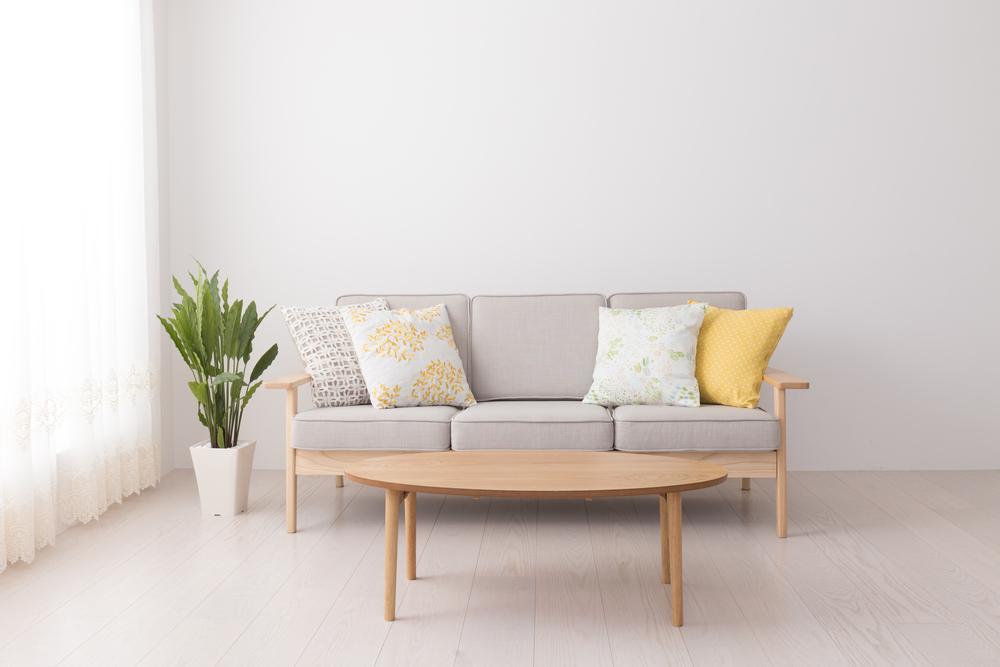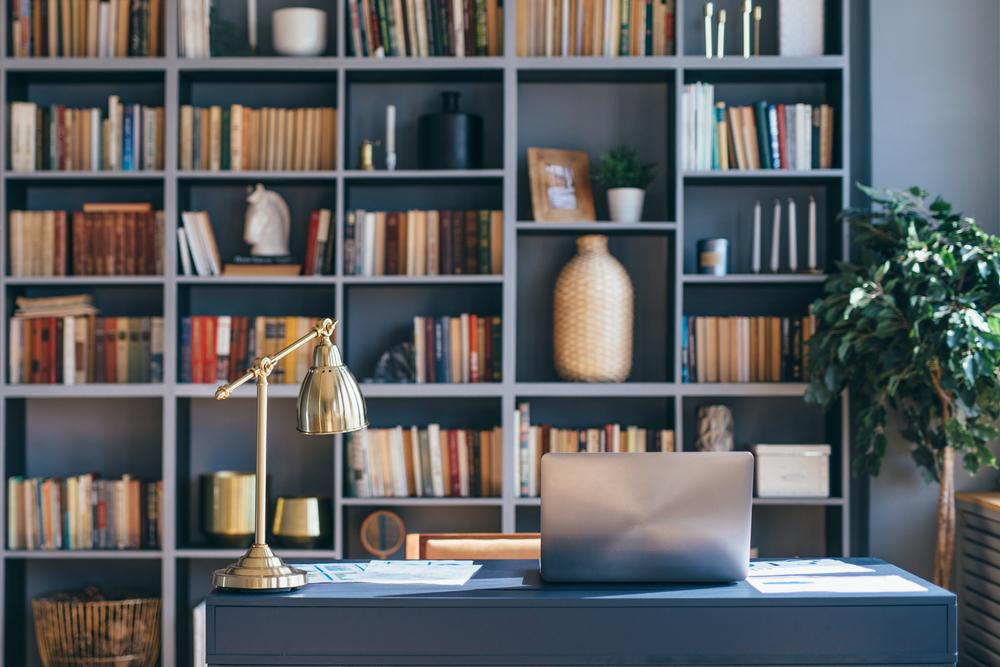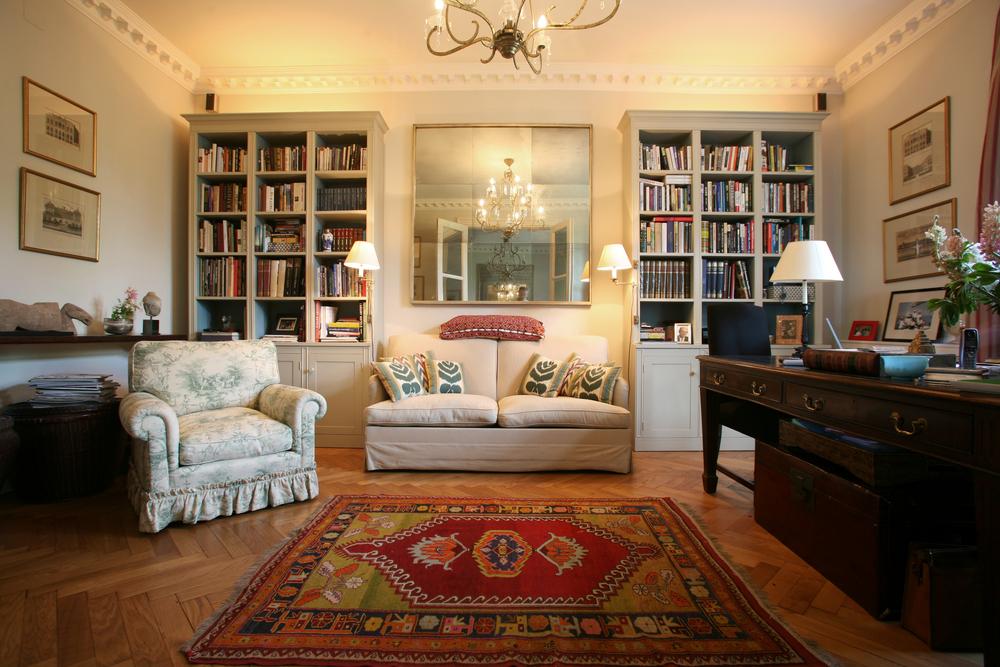Working with color is the fun part of pulling your home together. Initially, don’t get caught up in getting it right the first time you select your colors, fabrics, and patterns. Learning and editing is part of the process. Don’t let all the decisions get in the way of your own imagination and enthusiasm.
The sky’s the limit when it comes to designing your home. Making the right choices is a matter of time and experience, so take your time so you are able to learn what it is that you really like.

